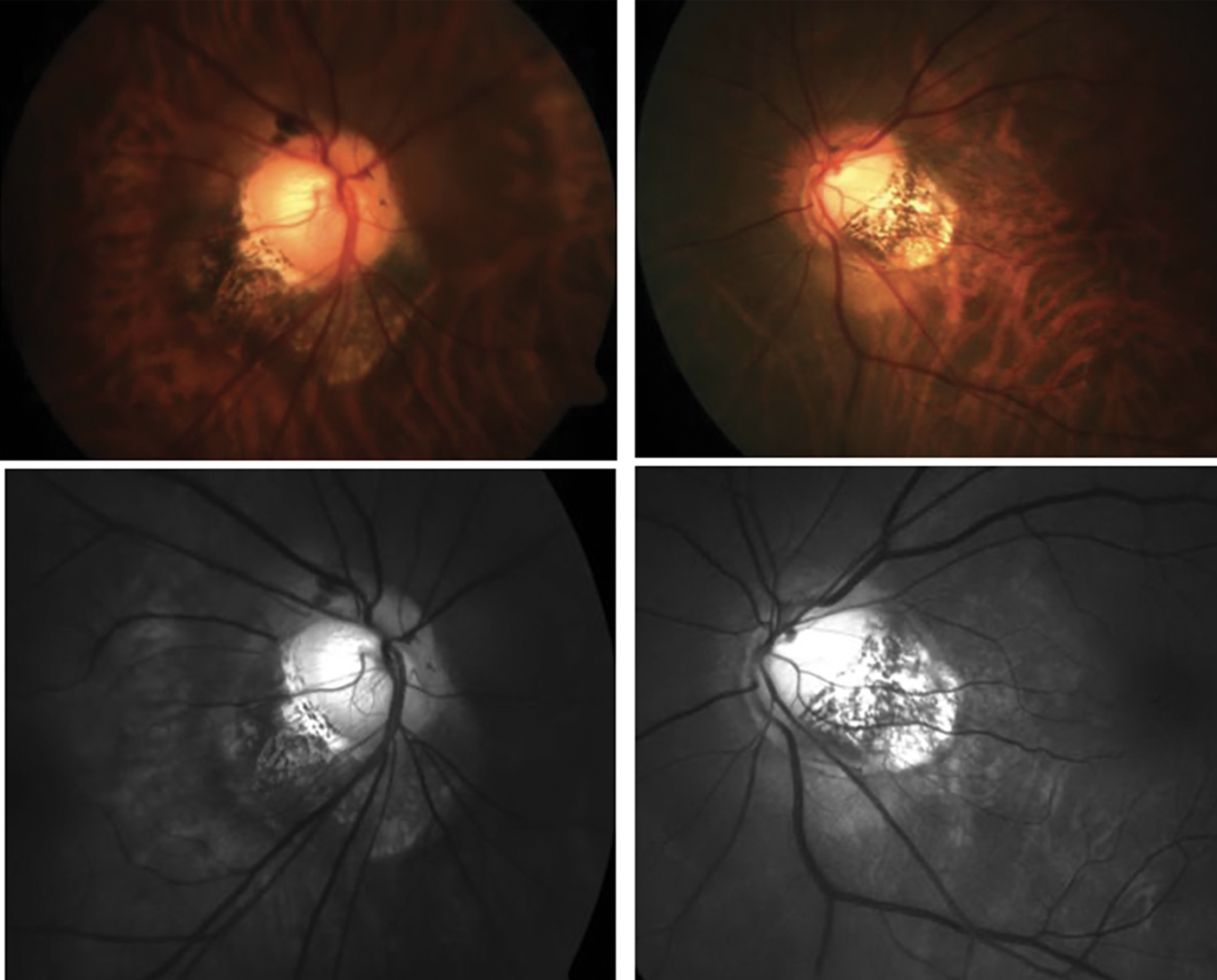 |
| Posterior eye wall strain can indeed serve as an effective imaging biomarker in myopia progression. Photo: Andrew Rouse |
A recent study, which sought to find out if a measure of deformability could heighten the risk of highly myopic eyes progressing to pathologic myopia with staphyloma, found that posterior eye wall strain can indeed serve as an effective imaging biomarker. These findings were recently presented during the 2022 ARVO annual meeting in Denver.
The study included 58 myopic eyes of 29 subjects whose ages ranged from 37 to 87. To study the posterior shape and rigidity of each eye, researchers performed ultrasound B-mode scans in primary gaze across 100 frames. They used manual compression via a handheld ophthalmodynamometer at specified intervals to identify the displacement over time as well as assess the degree of deformability of the retina-choroid-sclera layer tissues in the posterior eye wall.
Relative stiffness of several regions of interest in the retina-choroid-sclera interface was measured across the 100 frames using strain elastography, according to the study authors. Orbital fat was the baseline. At an interval of before-and-after compression, the researchers observed a significant difference between change in average relative stiffness for one region of interest and across two different regions of interest when compared with baseline.
The data showed that axial length and spherical error ranged from 22.59mm to 30.72mm and 0.7D to -15.7D, respectively. Additionally, the study authors reported that an increase in axial length (per 1mm) showed a decrease in average relative stiffness for a retina-choroid-sclera layer region of interest during compression of -0.283 as well as no compression of -0.0139. An increase of spherical error during compression revealed an increase in average relative stiffness of 0.00783 for a retina-choroid-sclera layer region of interest.
“Our qualitative and semiquantitative measure of posterior eye wall strain shows promise as an imaging biomarker identifying regions in myopic eyes that are less stiff and more susceptible to deformability that, when combined with other metrics (axial length, spherical error) may help assess at an early stage, the risk of progression of a stable high myopia eye to pathologic myopia with staphyloma,” the study authors concluded in their abstract.
Original abstract content © Association for Research in Vision and Ophthalmology 2022.
Lim SY, Ito K, Dan YS, et al. Assessment of stiffness of posterior eye wall in myopic eyes with an ultrasound-based algorithm using strain elastography. ARVO 2022 annual meeting. |

